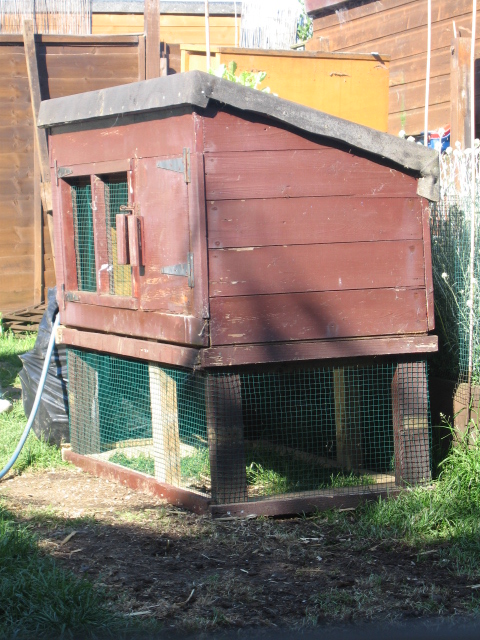
Raisin Bread.
“This is really just a large, shiny currant bun. The syrupy glaze that you brush on the loaf after it comes out of the oven makes it look quite extraordinary – it’s as if someone has suddenly switched a spotlight on it”
To make one loaf :
- Strong White Flour 500g, plus extra for dusting the work surface
- Salt, 2 teaspoons
- Easy-blend (fast action) yeast, a sachet or 2 teaspoons
- Raisins, 150g
- Milk, 125ml
- Warm Water, 125ml
- A large free-range egg
- Orange marmalade, 2 good tablespoons
- Lard or vegetable oil for greasing the tin.
For the glaze:
- Granulated sugar, 1 tablespoon
- Water, 2 tablespoons
Utensils:
- Large Mixing Bowl
- Teaspoon
- Measuring Jug
- Tablespoon
- Wooden Spoon
- Cling Film or tea towel
- Large loaf tin approximately 13 x 23 x 7cm, or a large round cake tin,
- small saucepan
- Wire cooling rack
- Pastry Brush
- Put the flour in the mixing bowl with the salt, yeast and raisins
- Measure the milk and water into the jug. Break in the egg and whisk everything together with the fork. Pour the eggy liquid into the bowl of flour. Spoon in the marmalade.
- Mix the flour and liquids together, either with your hands or with the wooden spoon. When it becomes difficult to stir the dough, turn it out on to floured work surface, Knead he dough, adding more flour a handful at a time if it is really sticky. The dough will become smoother and smoother.
- When you feel that your arms are ready to drop off, poke a fingertip into the dough – if the dent you made bounces back and leaves just a little mark, then you’ve kneaded enough. Shape the dough into a neat ball, out it in the bowl and cover the bowl with cling film or a damp tea towel.
- Leavethe bowl of dough in a warm (but not hot) place, away from open doors and windows, for 1 and a half to 2 hours, until doubled in size.
- Grease the bread or cake tin with a scrape of lard or a drop of vegetable oil.
- When your dough has risen to a great big puffy, ballooned mass, twice its original size, flatten it with your fist. Now pull it out of the bowl and knead it gently for a few seconds on the work surface.
- Flatten the dough out a little into a round disc, then roll it up roughly like a carpet so that you get a puffy sausage shape. Place the dough sausage in the tin loaf – it should come about half way up the sides (if your using a round cake tin, then shape the dough into a ball and tuck the sides of the dough underneath to make the ball pillow up, then put into the tin). Cover with cling film or the tea towel again and leave to rise for 20-25 mins. Meanwhile, preheat the oven to 220 degrees C/Gas Mark 7 and place a shelf in the centre.
- Oven gloves in. Place the tin gently in the oven and set the timer for about 12 mins. Then turn the oven down to 190 degrees C/Gas Mark 5 for another 10 mins. Oven gloves on. Take the tin out of the oven. Turn the bread out of the tin and tap the base to see if it sounds hollow. If not, put the loaf directly on the hot oven shelf for 10 mins to colour the sides and bottom.
- Meanwhile, make the glaze. Put the granulated sugar into a small saucepan with the water. Place on the hob, switch on the heat to medium and stir with the wooden spoon until the sugar has dissolved to make a syrup, Let it simmer for a minute, then switch off the heat.
- Switch off the oven, take the bread out and let it cool on a wire rack. Now brush the top and sides of the bread with the warm syrup. It will shine beautifully.
How to eat your Raisin Bread
This loaf is probably at its best when slightly warm. Spread thick slices of it with butter and eat, licking your sugary fingers. If you’ve got any left the next day, eat it toasted and dripping with butter.
Variations
If you fancy a spicier bun, you can add a teaspoon of ground mixed spice to the flour in the bowl. And you can shape the mixture into little buns rather than one big loaf if you prefer. Bake the buns on a large greased baking sheet for about 15 mins at a slightly lower temperature, 200 degrees C/Gas Mark 6
Recipe courtesy of :
The River Cottage Family Cookbook by Hugh Fearnley-Whittingstall & Fizz Carr
ISBN : 0-340-82636-3



